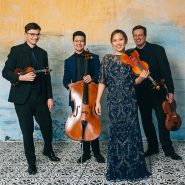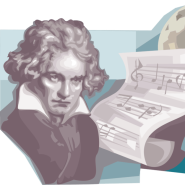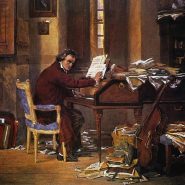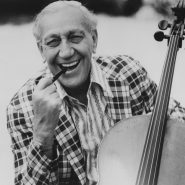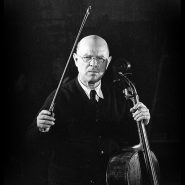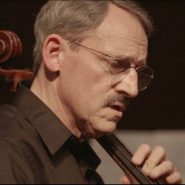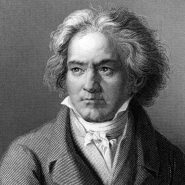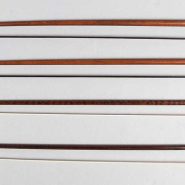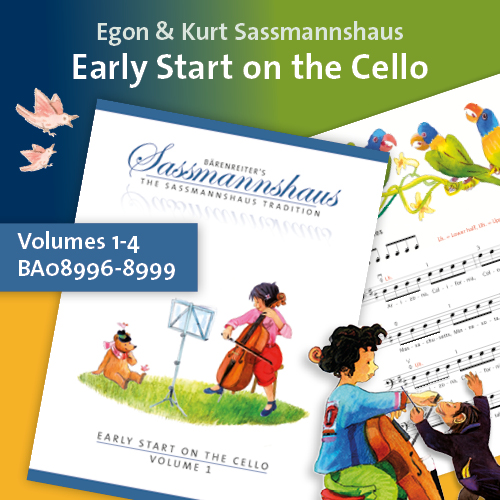Tag: Beethoven
26:08
By Paul Katz December 18, 2020
By Paul Katz December 17, 2020
By Paul Katz December 16, 2020
By Paul Katz December 15, 2020
By Paul Katz December 14, 2020
By Khari Joyner December 11, 2020
Subjects Beyond the Traditional
Tags Beethoven, Brahms, Cadenzas, improvisation, Mozart, Music History, Musical Freedom, Ravel
By Tim Janof February 23, 2020
Subjects Interviews
By Tim Janof August 5, 2019
By Guest Blogger June 15, 2016
Subjects Repertoire
Tags Beethoven, chamber music, repertoire, Sonata
By Guy Fishman October 20, 2014
